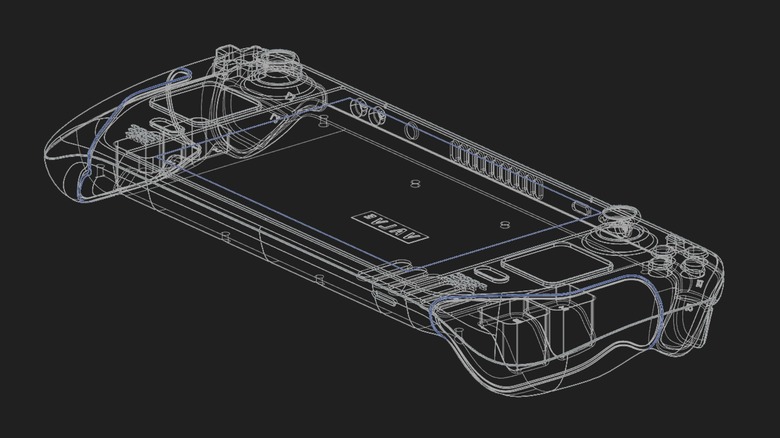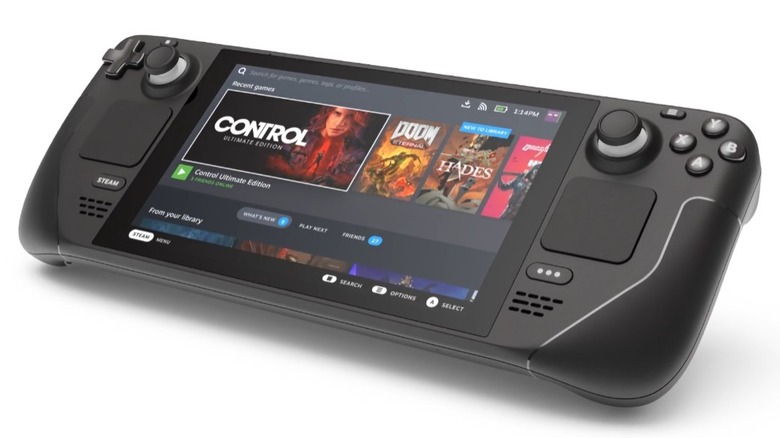Do Valve's CAD Files Make Steam Deck Better Than PS5 Or Nintendo Switch?
Valve has published the CAD files for the external shell of its new Steam Deck handheld PC-based gaming console. The files have been made available on GitLab under a Creative Commons license and include an STP model, STL model and drawings (DWG) for reference. Valve says that it has made the files available in this way "for all the tinkerers, modders [and] accessory manufacturers" to start making accessories along with weird and wonderful hacks for the Steam Deck – even custom bodies. Given the limited availability of the console to the US, UK, Canada and the EU, the files will even allow those with access to 3D printing machines the ability to print a model to get a sense of how it feels in the hand.
Valve has taken a very open approach to the Steam Deck right from the start. While the Steam Deck ships with SteamOS onboard, users can install any other flavor of Linux or even install Windows on their device. The company has even posted a "Take a look inside Steam Deck" video showing users how to tear it down adding that "you have every right to open up your Steam Deck and do what you want with it." However, it does caution that any damage that might be done won't be covered by warranty although its approach is nonetheless refreshing in an era where many OEMs have been locking down on their devices.
Open versus closed
Valve's approach is in marked contrast to Sony which has jumped all over third-parties who have been offering customized side plates for its PS5 console. When the PS5 launched, its design sparked a divided reaction among fans with its white panels arcing futuristically above the main case. When it was learnt that the side plates could be easily removed, a few companies started offering side plates in custom colors using the same shape as Sony's design. Rather than embrace this, Sony threatened legal action. Some, including Dbrand, have since tried to work around Sony by coming up with their own, distinct, PS5 side plate designs.
Of course, although the PS5 is still hard to get a year after launch, Valve's Steam Deck is yet to reach customers at all after an aborted launch late last year. While you can now at least 3D print the outer shell, the real thing will start shipping from February 28 to customers. It is fitted with an AMD Zen 2 quad-core CPU that is mated to an RDNA 2 GPU with 8 compute units delivering around 1.6 teraflops of performance.
This is around 60 percent faster than the Nintendo Switch with performance that Valve says will drive recent AAA games at around 30fps on the Steam Deck's 1200 x 800 pixel display. It might not be earth shattering performance, but the ability to play PC games on a handheld device has long been a dream for many gamers.
Now the question is: Does the idea that Valve is willing to be more open with their hardware than their competition make their device the new portable gaming machine to beat?

